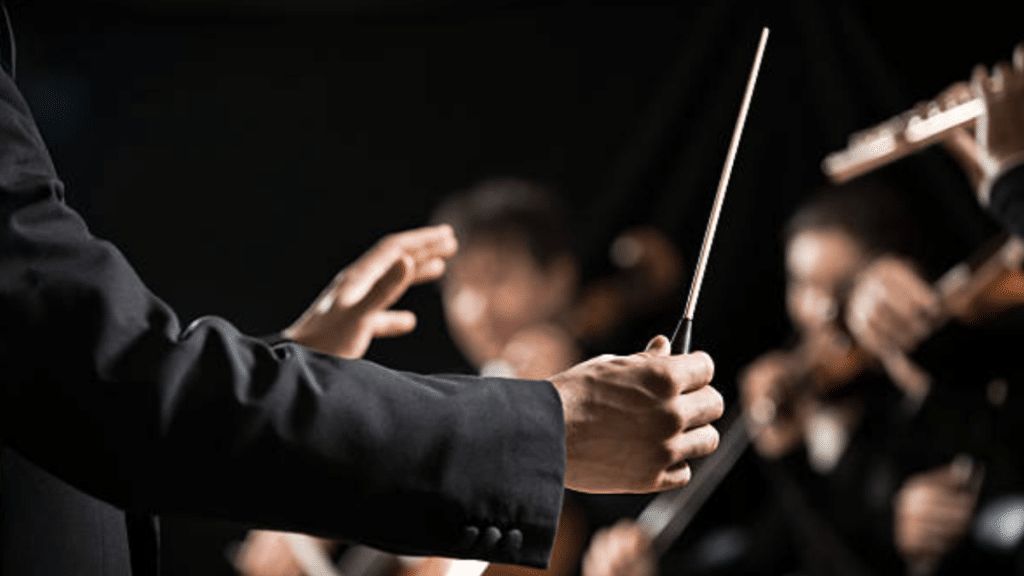Live orchestras have been integral to concerts, operas, and musicals for centuries. However, in recent years, they have also become vital elements in festival premieres. Festivals often showcase new and experimental works that push traditional art forms’ boundaries. In this article, John Jesensky will explore the significance of incorporating live orchestras into festival premieres, examine the logistical feats required, and discuss future trends and innovation potential.
The Historical Crescendo of Live Orchestras at Festivals
Live orchestras have a rich history within the festival circuit, serving as cultural touchstones that elevate storytelling and artistic expression. Their presence at festivals dates back to the 19th century when orchestras first started accompanying operas and theatrical productions. This tradition laid the groundwork for modern festivals, where orchestras often play a pivotal role in creating memorable premieres.
Notable moments in history showcase the impact of orchestras at festivals. The 1936 Salzburg Festival, which featured the Vienna Philharmonic, is an early example. Their performance added a layer of grandeur and emotional depth that resonated with audiences and critics alike, setting a precedent for future festivals.
Similarly, the 2007 opening of the Spoleto Festival in Charleston, South Carolina, highlighted the Charleston Symphony Orchestra‘s ability to transform a visual spectacle into a sonic masterpiece.
The historical significance of live orchestras continues to shape festival-goers’ expectations. These events have become synonymous with high-caliber performances, where the live orchestra serves as a bridge between the audience and the artistry on display. For music enthusiasts, the presence of an orchestra is often a key factor in attending a festival premiere, as it promises an immersive and authentic experience.
Elevating the Artistic Vision
Festival premieres are often ambitious in their artistic vision, pushing boundaries and exploring new concepts. Live orchestras play a crucial role in bringing this vision to life. The dynamic interplay between the orchestra and the performers adds depth and dimension to the production, elevating it to a new level.
The intricacy and complexity of live orchestral music provide a rich audio-visual experience that enhances the storytelling and emotional impact of the performance. It’s a symbiotic relationship that allows both the orchestra and performers to shine.
Moreover, incorporating live orchestras into festival premieres adds an element of unpredictability. Each performance is unique, as it is influenced by the energy and reactions of the audience, making each experience one-of-a-kind. This creates a sense of excitement and anticipation for attendees, who are always on the edge of their seats, eager to witness how the music will unfold with each new premiere.
Economic Impact
Live orchestras enhance the artistic value of festival premieres and have a significant economic impact. They provide employment opportunities for musicians, conductors, sound engineers, and other professionals.
Festivals also attract large audiences from various backgrounds, generating revenue for local businesses such as hotels, restaurants, and transportation services. As such, live orchestras are vital in supporting the arts and contributing to the economy.
For instance, the Edinburgh International Festival generates an estimated £300 million annually for the Scottish economy. The festival’s emphasis on live orchestras has been a key factor in its success, with renowned orchestras worldwide gracing its stages each year.
Navigating the Challenges of Integrating Live Orchestras
While the benefits of live orchestras are undeniable, myriad challenges are associated with their integration into festival premieres. From technological demands to logistical hurdles, organizers must carefully plan and execute their inclusion to ensure seamless performances.
Technologically, sound quality is paramount. Orchestras require precise acoustics, which often necessitates specialized sound equipment. Balancing the orchestra’s natural sound with amplification can be delicate, requiring collaboration between sound engineers and conductors. Additionally, outdoor venues pose challenges with acoustics and weather conditions, necessitating contingency plans to protect instruments and musicians.
Logistically, accommodating an entire orchestra can be daunting. Organizers must consider transportation, lodging, and rehearsal spaces. The size of the orchestra affects stage design and seating arrangements, impacting audience capacity and sightlines. Coordinating schedules for multiple rehearsals also requires meticulous planning, particularly when working with musicians who may be engaged in other commitments.
Despite these challenges, the rewards of integrating a live orchestra outweigh the difficulties. The synergy between musicians and performers enhances the festival experience, offering audiences an unmatched level of engagement. With careful planning and collaboration, festival organizers can successfully incorporate orchestras, captivating audiences with unforgettable performances.
Envisioning the Future of Live Orchestras at Festivals
The future of live orchestras at festivals holds exciting possibilities for innovation and collaboration. As technology advances and audience preferences evolve, orchestras are poised to play an increasingly dynamic role in shaping festival experiences.
Potential collaborations between orchestras and emerging artists offer new opportunities for creative expression. By partnering with musicians from diverse genres, orchestras can expand their repertoire and reach new audiences. These collaborations can result in groundbreaking performances that challenge traditional boundaries and redefine the festival landscape.
Technological innovations also promise to enhance the integration of live orchestras. Virtual and augmented reality technologies can create immersive experiences, allowing audiences to engage with orchestras in novel ways. Sound engineering and acoustics advancements can further optimize live performances, ensuring audiences receive the highest quality audio experience.
Sustainability is another consideration for the future of live orchestras at festivals. As environmental concerns grow, organizers and orchestras can collaborate on eco-friendly practices, such as reducing waste and minimizing carbon footprints. By prioritizing sustainability, festivals can attract environmentally conscious audiences and contribute to global efforts to protect the planet.
Final Thoughts
John Jesensky considers that from their historical roots to their modern-day impact, live orchestras continue to captivate audiences and enrich festival experiences. For music enthusiasts, festival organizers, and event planners, understanding the role of orchestras is essential to crafting events that resonate with audiences and stand the test of time.

